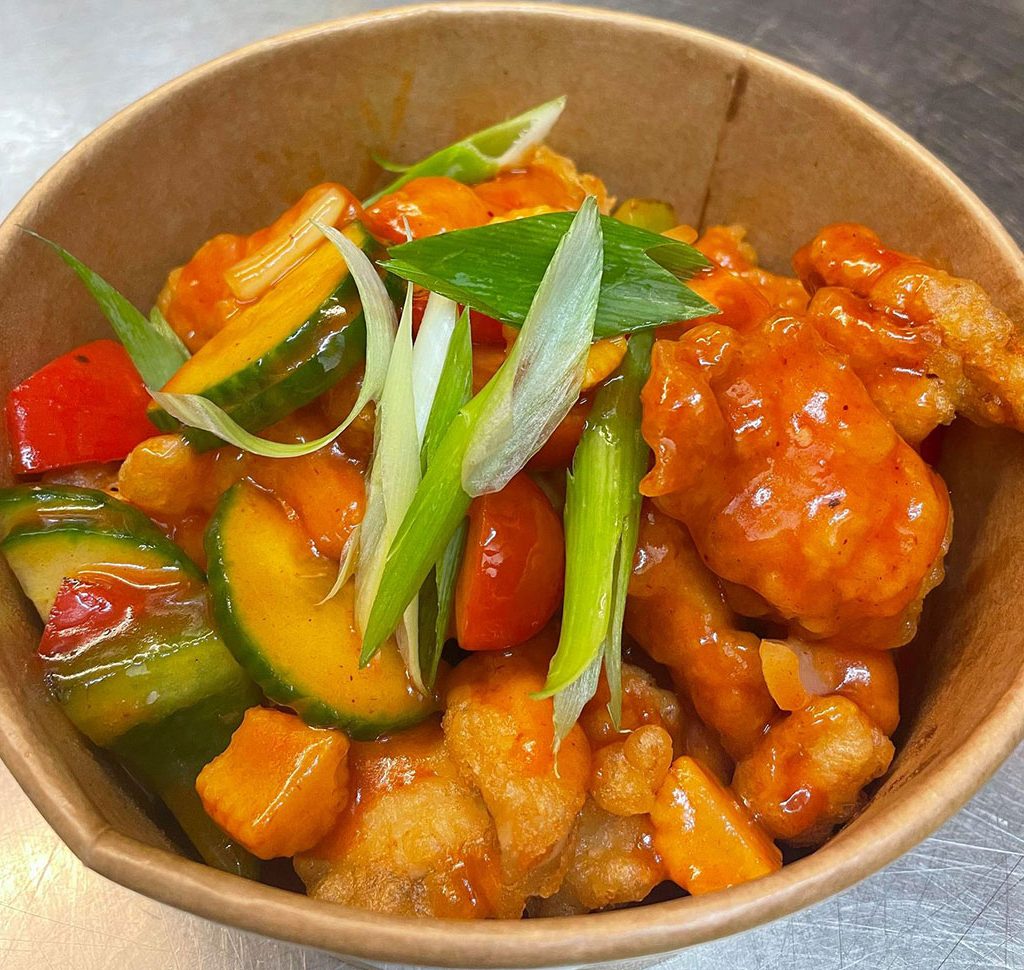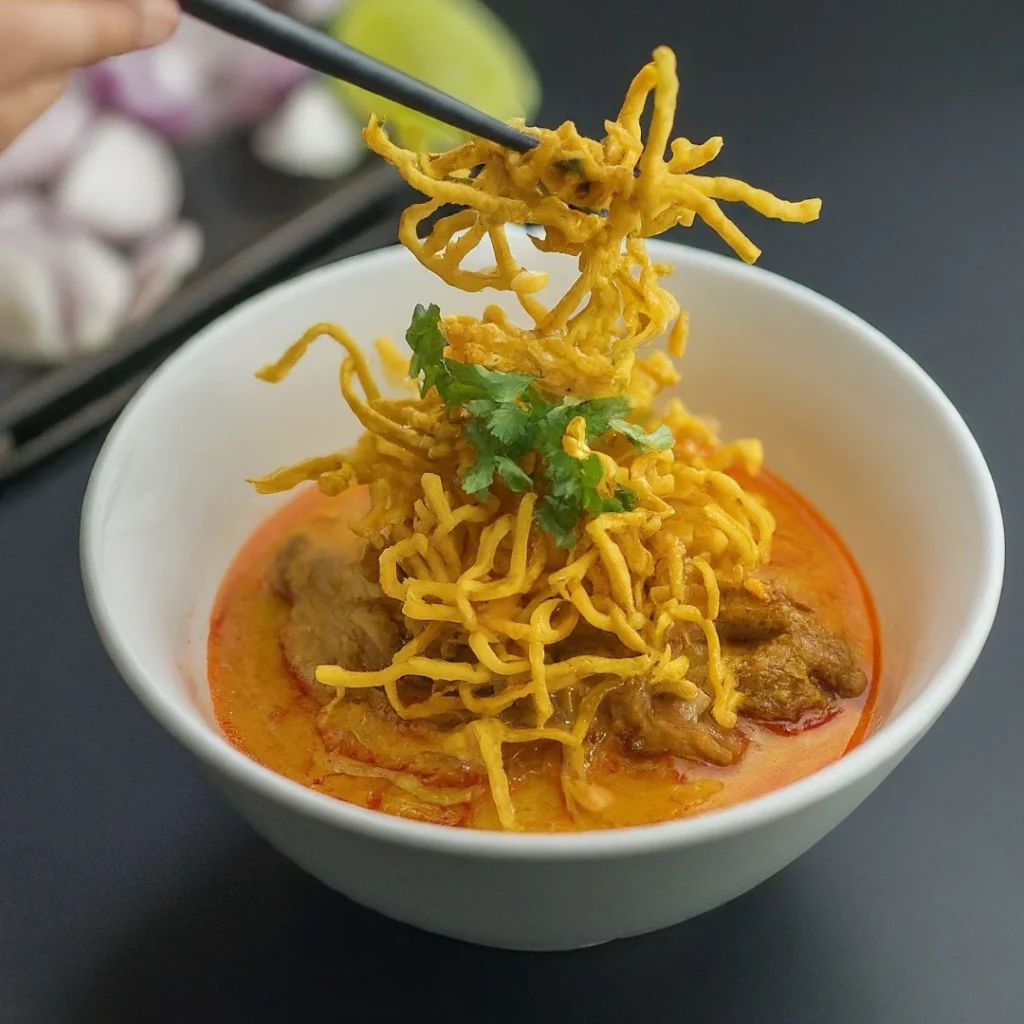When one thinks of Thai cuisine, the mind often conjures images of vibrant curries, spicy soups, and the delightful balance of sweet, salty, sour, and spicy flavors. Yet, there exists a region in the northeast of Thailand, known as Isaan, where culinary traditions diverge intriguingly from the central Thai repertoire. At the heart of Isaan’s unique flavor profile is a fermented fish delicacy known as ‘Pla Ra,’ often hailed as the region’s umami secret. Venture with us as we unravel the complexities and cultural significance of Pla Ra in Isaan cuisine and its growing appeal worldwide.
What is Pla Ra?
Pla Ra is a type of fermented fish sauce that is a staple in Isaan cuisine. It is made through a meticulous process where freshwater fish, typically snakehead or catfish, is salted and then mixed with rice bran or roasted rice powder. This mixture is left to ferment for several months to a few years in clay pots, allowing the flavors to develop deep umami undertones. The result is a rich, pungent sauce that adds depth and complexity to a variety of dishes.
While it might sound unconventional to some, Pla Ra is an essential ingredient that forms the backbone of many beloved Isaan dishes, including the ever-popular ‘Som Tum’ (green papaya salad) and ‘Larb’ (spicy meat salad). In these dishes, Pla Ra enhances the flavor profile, providing a hearty, savory kick that traditional fish sauce substitutes fail to match.
Historical Roots and Cultural Significance
Delve into the history, and you’ll find that Pla Ra has been an integral part of Isaan culinary traditions for centuries. Rooted in practicality, the fermentation process was originally a means of preserving fish, a precious resource in the freshwater-rich regions of Isaan. Over time, this preservation technique morphed into a culinary art form, with each family proudly crafting their own unique variation of Pla Ra.
For the Isaan people, Pla Ra is more than just an ingredient; it is a symbol of ingenuity and adaptation. It represents a storied history of survival and resilience against the challenges posed by the region’s arid climate. Indeed, the pride associated with Pla Ra is palpable, with many travelers to the region quick to note its ubiquitous presence in local markets, often served with a side of intriguing tales from enthusiastic vendors.
The Process of Creating Pla Ra: A Culinary Art
Preparing Pla Ra is an art that requires skill and patience. The careful selection of ingredients is paramount. Freshwater fish, such as snakehead or gourami, are traditionally chosen for their fleshiness and mild flavor. The fish is first cleaned thoroughly to ensure the elimination of impurities, as cleanliness directly influences the end product’s flavor and safety.
After cleaning, the fish is cut into pieces and coated with a generous amount of salt. The salted fish is then mixed with rice bran or roasted rice powder, which aids in the fermentation process. This mixture is carefully packed into ceramic jars, sealed tightly to protect from pests, and left to ferment under the tropical sun for several months. This lengthy fermentation allows the flavors to develop complexity and depth, making Pla Ra an irreplaceable asset to many recipes.
While the strong aroma might be intimidating to newcomers, connoisseurs of Thai food advocate for its unparalleled flavor that echoes the true essence of Isaan cuisine.
How Pla Ra is Used in Isaan Cuisine
Pla Ra’s versatility in Isaan cooking cannot be overstated. It serves as a crucial flavoring agent in a wide array of traditional dishes, imparting them with its iconic umami essence. Here are some popular dishes featuring Pla Ra:
- Som Tum Pla Ra: Combining the tang of unripe papaya with the pungent saltiness of Pla Ra transforms this salad into a robust, well-rounded dish that captivates taste buds.
- Nam Prik Pla Ra: A spicy dipping sauce made with Pla Ra, chilies, and garlic, typically enjoyed with steamed vegetables, enhancing the natural flavors of the fresh produce.
- Larb Pla Ra: A minced meat salad seasoned with Pla Ra, lime juice, chilies, and fresh herbs, offering a complex blend of textures and flavors that is both refreshing and satisfying.
Pla Ra’s Global Journey
As global palates become increasingly adventurous, Pla Ra’s unique flavor has begun to capture the attention of chefs and culinary enthusiasts outside of Thailand. Some speculate that its appeal lies in the umami goodness, which has become a sought-after flavor in many world cuisines.
Renowned chefs have started experimenting with Pla Ra, integrating it into fusion dishes that cater to contemporary tastes while showcasing its versatility. From adding depth to broths to crafting innovative salad dressings, Pla Ra is fast becoming a celebrated ingredient on international menus.
Embracing Pla Ra: Tips for the Uninitiated
If you’re intrigued by the idea of incorporating Pla Ra into your culinary repertoire, here are a few tips to bear in mind as you embark on this flavor adventure:
- Start Small: Introduce Pla Ra gradually into dishes to get accustomed to its unique flavor.
- Pair with Familiar Flavors: Combine Pla Ra with ingredients you are already comfortable with to ease the transition into more complex dishes.
- Embrace the Aroma: The strong smell is indicative of its rich flavor; approach it with an open mind and a curious palate.
Conclusion: Pla Ra—Symbol of Isaan’s Culinary Heritage
Pla Ra is more than just a condiment; it is a gateway to the cultural tapestry of Isaan, reflecting the history, resilience, and innovation of its people. From bustling open-air markets in northeastern Thailand to the kitchens of celebrated chefs halfway around the world, Pla Ra stands as a testament to the universal power of food to transcend boundaries and enrich lives.
As more people continue to discover the depths of this umami treasure, Pla Ra will undoubtedly continue to weave its flavorful spell across the global culinary stage, inviting all who dare to taste a piece of Isaan’s vibrant heritage.


